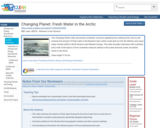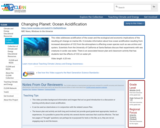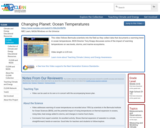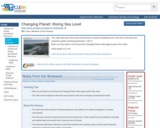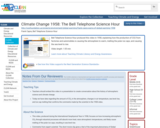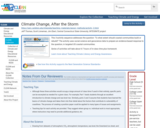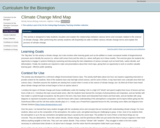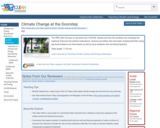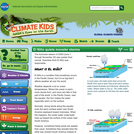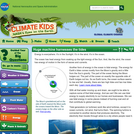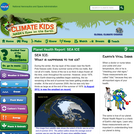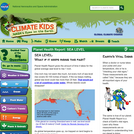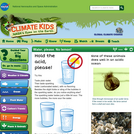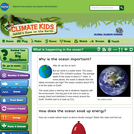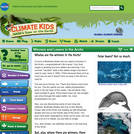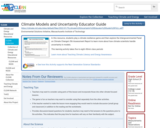
This activity requires construction of a simple salinity tester. Students will create their own calibration scale during this experiment, and look at the change in salinity that would arise if freshwater was suddenly dumped into the ocean. Materials needed for this investigation include a DC mill ampere meter, 2 D-cell batteries and holder, bronze sheeting, #18 solid wire, salt, deionized water, and a stream table or pan apparatus to create a hydrologic model of ice-ocean interaction. Included is a student worksheet to guide interpretation of data. The resource is supported by teacher background information, assessment suggestions, and a scoring rubric. This is Activity 3 of the learning module, Water: Here, There, and Everywhere, part of the lesson series, The Potential Consequences of Climate Variability and Change.
- Subject:
- Atmospheric Science
- Geoscience
- Oceanography
- Physical Science
- Material Type:
- Activity/Lab
- Provider:
- NASA
- Provider Set:
- NASA Wavelength
- Date Added:
- 11/05/2014
